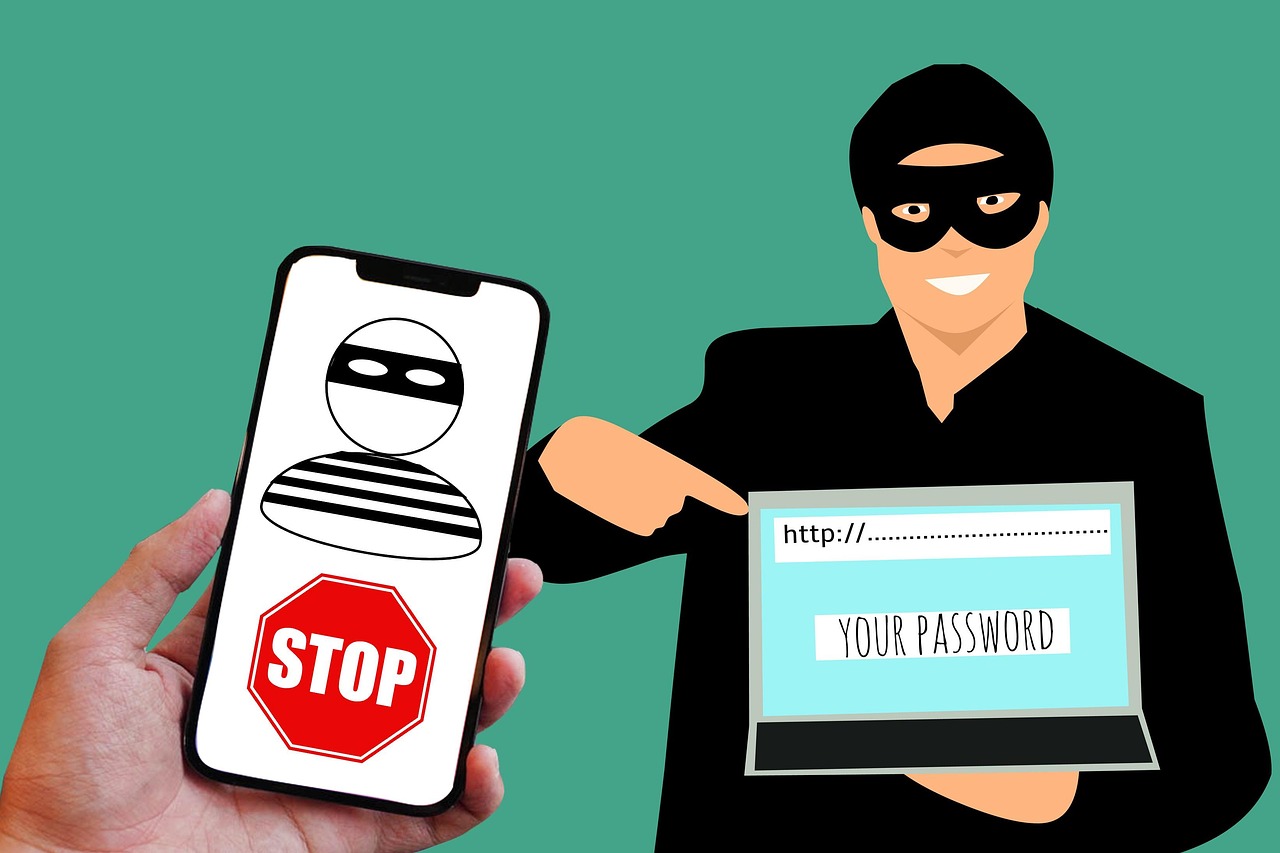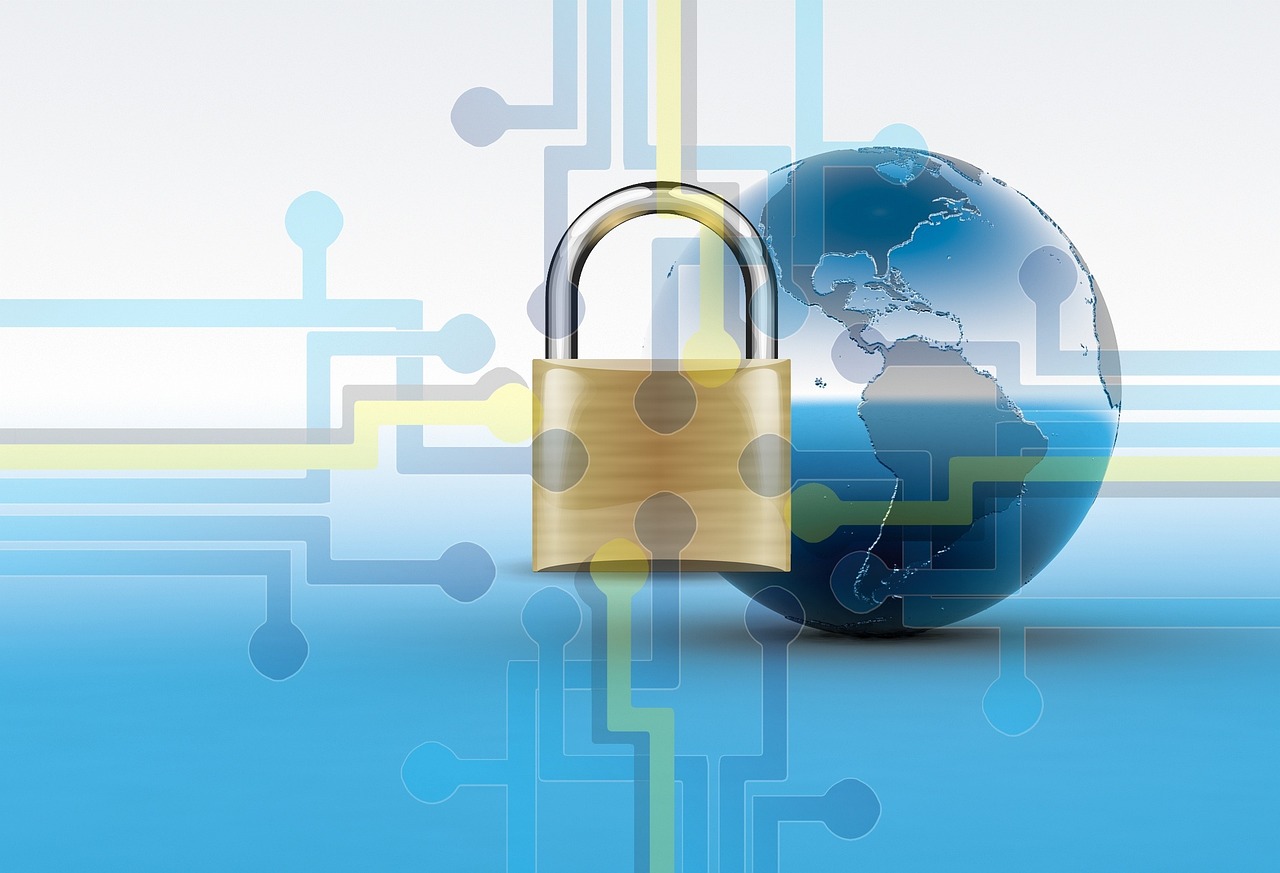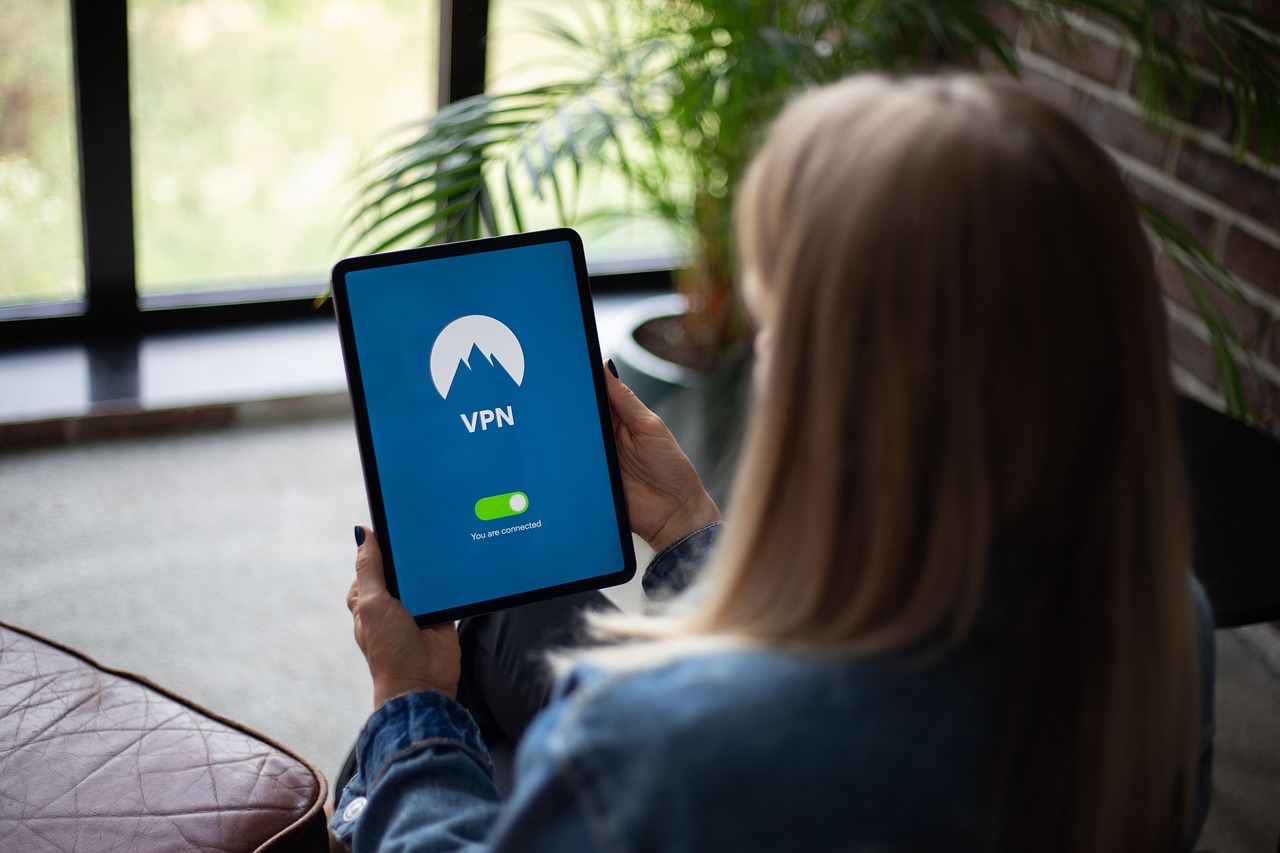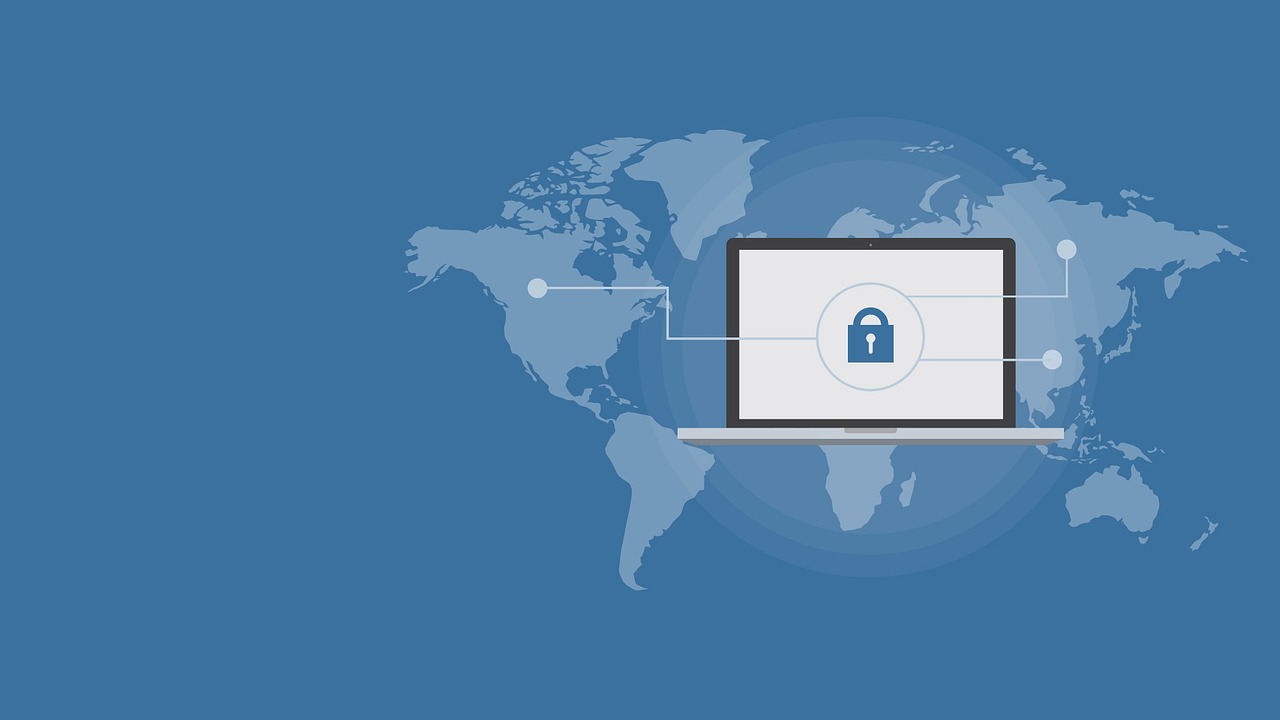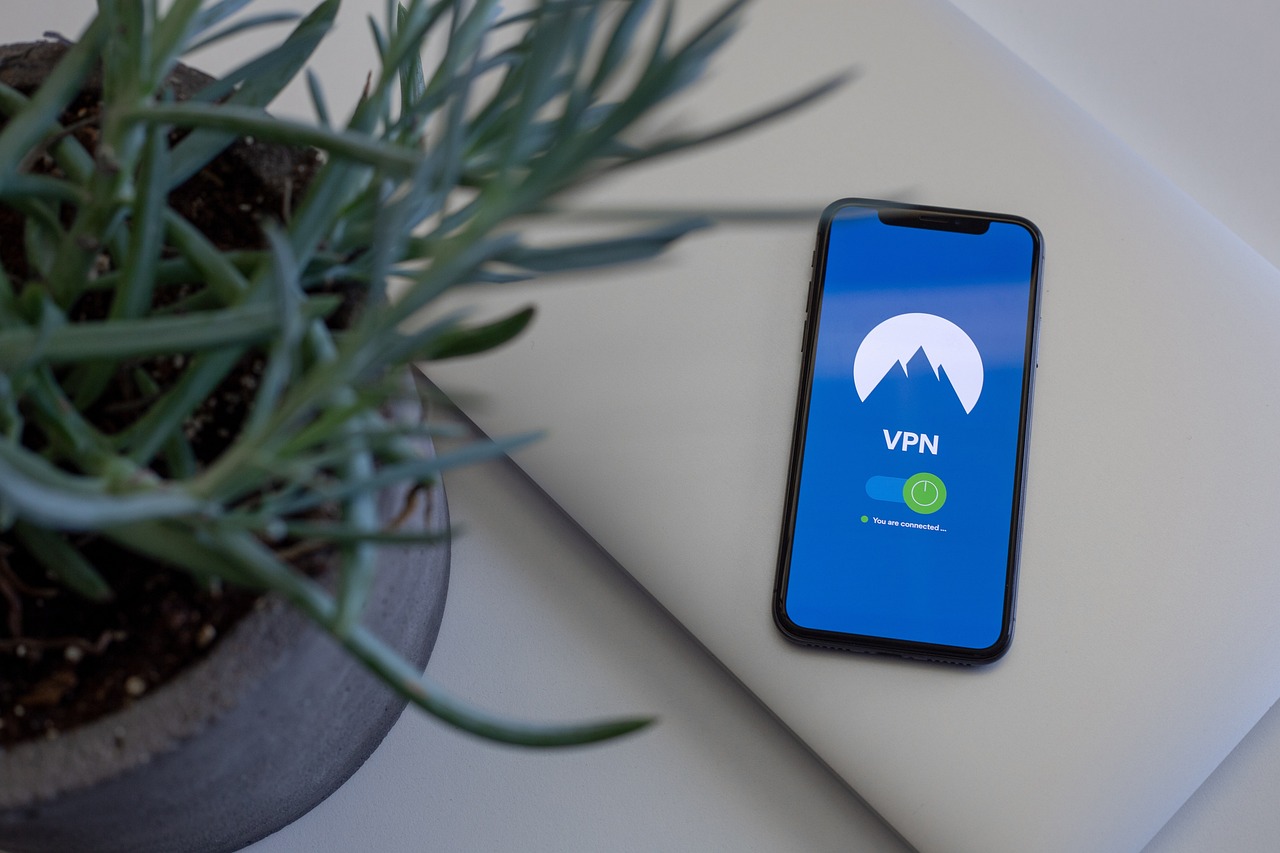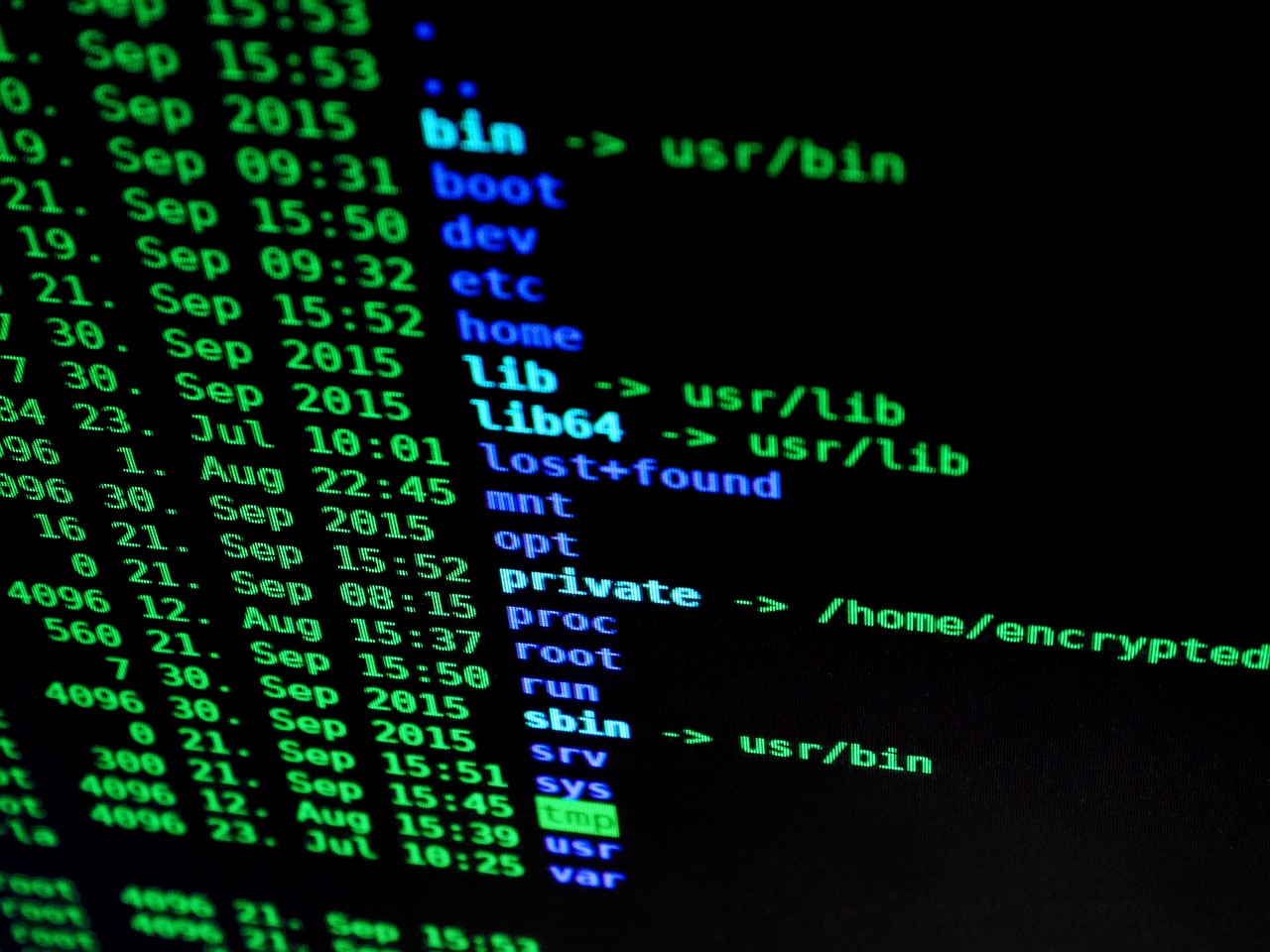
Bug Bounties: Level Up Your Security, Seriously.
Bug bounty programs, a cornerstone of modern cybersecurity, represent a collaborative approach to identifying and mitigating vulnerabilities in software and hardware. Instead of relying solely on internal security teams, organizations leverage the skills of external security researchers and ethical hackers to find and report potential weaknesses in their systems. This proactive strategy not only strengthens security posture but also fosters transparency and trust with users.
What is a Bug Bounty Program?
Definition and Core Principles
A bug bounty program is a structured initiative that incentivizes independent security researchers to discover and report vulnerabilities in an organization's digital assets. In exchange for these reports, the organization offers monetary rewards, often refer...

